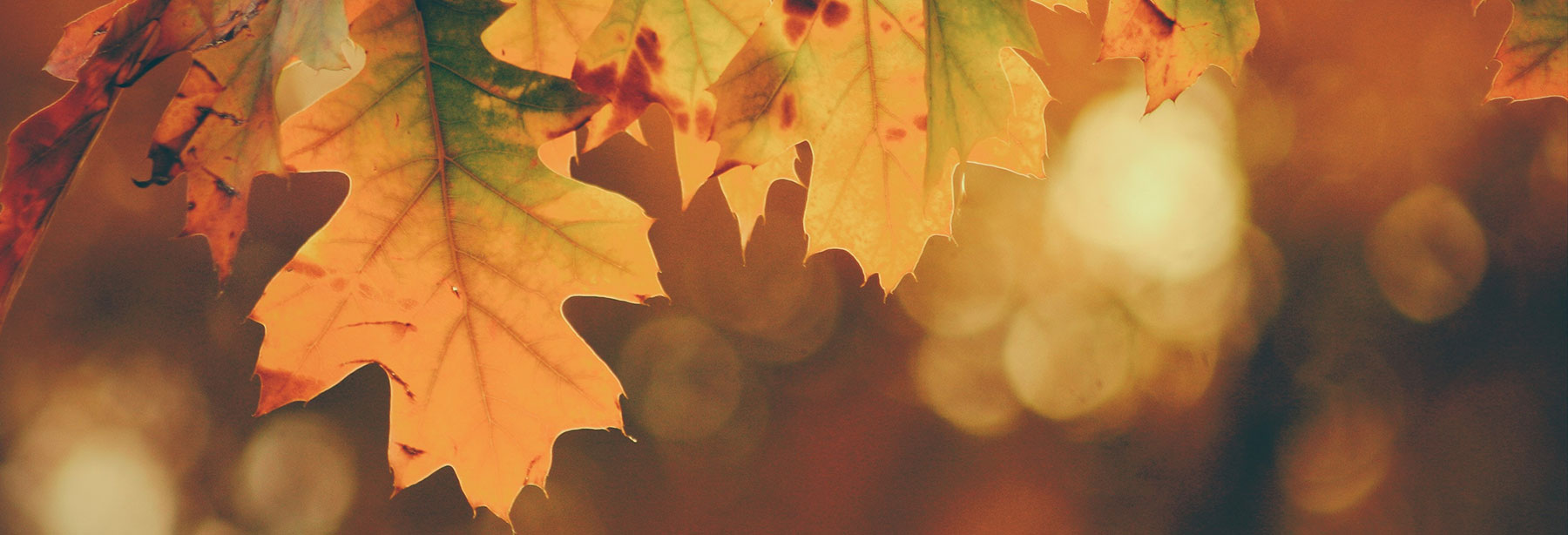Pretty Plants You Can Eat!
You probably knew you can eat dandelion greens in a salad and make wine out of the yellow blooms. But did you know that you can eat daylilies? And dahlias? And hostas? What a colorful feast!
 We found a number of pretty ornamentals that are a delight to behold and also safe and delicious to eat. Since they’re usually grown for their beauty the fact that they’re also edible is often ignored. Since we’re fans of pretty and practical – we pulled together this collection of edible ornamentals to add to your landscaping initiative this spring – to weed and feed naturally for beauty you can eat!
We found a number of pretty ornamentals that are a delight to behold and also safe and delicious to eat. Since they’re usually grown for their beauty the fact that they’re also edible is often ignored. Since we’re fans of pretty and practical – we pulled together this collection of edible ornamentals to add to your landscaping initiative this spring – to weed and feed naturally for beauty you can eat!
Hostas, Daylilies and Dahlias
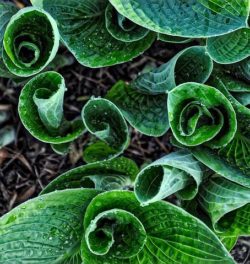 The entire hosta plant is edible and has a wonderful flavor similar to asparagus, only slightly bitter. The buds and flowers are delicious fresh or fried in a little butter (what doesn’t taste good fried in butter?!). You can also eat the curled leaf shoots or “hostons” of hostas before they unfurl. To harvest, snap them off at the bottom of the plant and toss the shorter outer leaves. Then lightly fry them and drizzle with sesame oil and soy sauce. You can also eat the leaves — by steaming or boiling — but cook them a bit longer because they’re tougher than the tender shoots.
The entire hosta plant is edible and has a wonderful flavor similar to asparagus, only slightly bitter. The buds and flowers are delicious fresh or fried in a little butter (what doesn’t taste good fried in butter?!). You can also eat the curled leaf shoots or “hostons” of hostas before they unfurl. To harvest, snap them off at the bottom of the plant and toss the shorter outer leaves. Then lightly fry them and drizzle with sesame oil and soy sauce. You can also eat the leaves — by steaming or boiling — but cook them a bit longer because they’re tougher than the tender shoots.
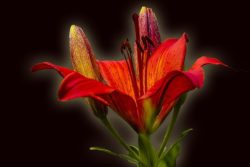 Various parts of the daylily are also edible. They have tender root tubers that taste sweet and can be cooked any way you would cook a potato. You can also eat the tender shoots – by adding them to stir-fry or pasta dishes, or sautéed on their own. The daylily blooms are also edible. Eat them fresh in a salad or to garnish a dessert, or pick the flower buds when they are still green and firm and steam them for a tasty treat. Daylilies look similar to Easter lilies which are NOT edible, so be very careful and find out which lilies you have before you make them into a meal!
Various parts of the daylily are also edible. They have tender root tubers that taste sweet and can be cooked any way you would cook a potato. You can also eat the tender shoots – by adding them to stir-fry or pasta dishes, or sautéed on their own. The daylily blooms are also edible. Eat them fresh in a salad or to garnish a dessert, or pick the flower buds when they are still green and firm and steam them for a tasty treat. Daylilies look similar to Easter lilies which are NOT edible, so be very careful and find out which lilies you have before you make them into a meal!
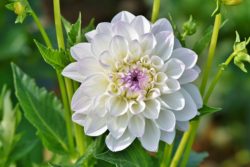 Dahlias were originally grown for food by the ancient Aztecs. Over the years, dahlias became less of a food source and more garden décor. Most people have no idea that you can eat the dahlia root tuber which can be harvested in early fall, after the plants have finished flowering. Just peel the skin off the tubers and cook them like you would potatoes — roast, boil, or mash them. Different dahlia varieties produce different tasting tubers that range in flavor from savory to sweet.
Dahlias were originally grown for food by the ancient Aztecs. Over the years, dahlias became less of a food source and more garden décor. Most people have no idea that you can eat the dahlia root tuber which can be harvested in early fall, after the plants have finished flowering. Just peel the skin off the tubers and cook them like you would potatoes — roast, boil, or mash them. Different dahlia varieties produce different tasting tubers that range in flavor from savory to sweet.
Dahlias are a close relative of both sunflowers and Jerusalem artichokes. Depending on the soil they’re grown in, some have crunchy textures akin to water chestnuts with flavors ranging from spicy apple to celery root or even carrot.
 And finally, there’s the milkweed — an essential plant for monarch butterflies, which is also edible. Milkweed has been used medicinally for hundreds of years to treat maladies like dysentery and asthma. Everything but the roots of the milkweed can all be blanched in boiling water with a little salt for at least three minutes (they lose their bitterness the longer you cook them), then you can eat them as they are, sauté them, or add to soups and other dishes.
And finally, there’s the milkweed — an essential plant for monarch butterflies, which is also edible. Milkweed has been used medicinally for hundreds of years to treat maladies like dysentery and asthma. Everything but the roots of the milkweed can all be blanched in boiling water with a little salt for at least three minutes (they lose their bitterness the longer you cook them), then you can eat them as they are, sauté them, or add to soups and other dishes.
One caution and that is to be careful when eating ornamentals if you’ve used any fertilizer or poisonous insecticides. Even trace amounts of chemicals sprayed on leaves can be toxic.
Feed ‘em and Weed ‘em!
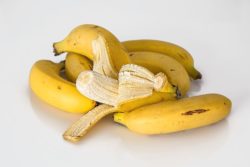 Plants need three things to survive and thrive: Potassium, Phosphorus, and Nitrogen. While store-bought chemical fertilizers have these nutrients, you can also make them yourself without chemicals and with things that likely have on hand.
Plants need three things to survive and thrive: Potassium, Phosphorus, and Nitrogen. While store-bought chemical fertilizers have these nutrients, you can also make them yourself without chemicals and with things that likely have on hand.
Check out DIY N Crafts for tips on creating natural fertilizers from great sources of nitrogen (coffee grounds), potassium and phosphorus (banana peels!).
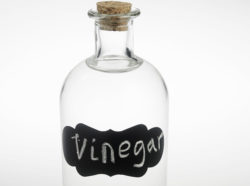 A natural weed killer, according to HGTV, is a combination of vinegar, salt and liquid dish soap. The acetic acid in the vinegar and the salt draw moisture from weeds and the dish soap makes the weed-killing concoction bead on the leaves instead of being absorbed by the plant. On a warm, sunny day, your homemade weed-killer will turn the usurpers brown and they’ll wither away.
A natural weed killer, according to HGTV, is a combination of vinegar, salt and liquid dish soap. The acetic acid in the vinegar and the salt draw moisture from weeds and the dish soap makes the weed-killing concoction bead on the leaves instead of being absorbed by the plant. On a warm, sunny day, your homemade weed-killer will turn the usurpers brown and they’ll wither away.
Gardens Come to Life in Colliers Hill
 There are plenty of green thumbs in the master-planned community of Colliers Hill, where porch plants, landscaping vistas and backyard gardens are visible in every direction. Drive in to explore the singular amenities and beautiful model homes built by Richmond American Homes, Century Communities, Shea Homes and Meritage Homes in ranch or two-story designs and priced from the upper $300s to the $600s.
There are plenty of green thumbs in the master-planned community of Colliers Hill, where porch plants, landscaping vistas and backyard gardens are visible in every direction. Drive in to explore the singular amenities and beautiful model homes built by Richmond American Homes, Century Communities, Shea Homes and Meritage Homes in ranch or two-story designs and priced from the upper $300s to the $600s.

